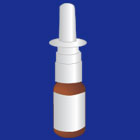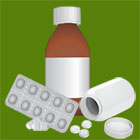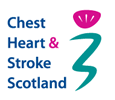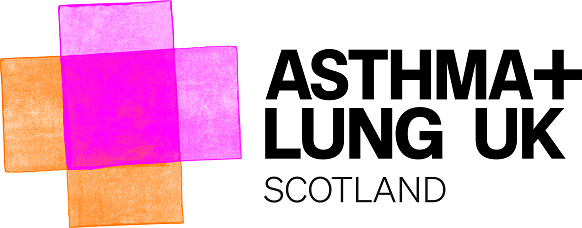Antihistamines reduce the amount of histamine the body releases in response to an allergen. Histamine can cause irritation of the lining of the nose and tightening of the airways.
| Drug name |
Device |
How its taken |
Side effects |
| Azelatine (Rhinolast®) |
Nasal spray  |
How often? Take as prescribed by your doctor.
- Blow your nose and shake the bottle.
- Tilt your head forward.
- Hold the spray bottle upright.
- Insert the tip of the spray bottle just inside one nostril. Close the other nostril with your other hand, and apply one or two sprays as prescribed.
- Breathe in as you spray (but do not sniff hard as the spray then travels past the nose to the throat).
- Do not angle the canister towards the middle or side of the nose, but straight up. With your head tilted forward, the spray should go to the back of your nose.
- Repeat in the other nostril.
|
- Some antihistamines can make you feel drowsy. If you experience this please do not drive or operate machinery.
- Other side-effects include an upset stomach, headache and restlessness
- If you experience symptoms that suggest an allergic reaction seek medical advice as soon as possible
- Information on other side-effects can be found in the Patient Information Leaflet in the pack or through the Electronic Medicines Compendium (EMC) website
|
- Cetirzine (Zirtek®)
- Levocetirizine (Xyzal®)
- Loratadine (Clarityn®)
- Desloratadine (Neoclarytin®)
- Fexofenadine (Telfast®)
- Hydroxyzine (Atarax®, Ucerax®)
- Chlorphenamine (Piriton®)
- Promethazine (Phenergan®, Avomine®)
- Clemastine (Tavegil®)
|
Tablets / liquid  |







